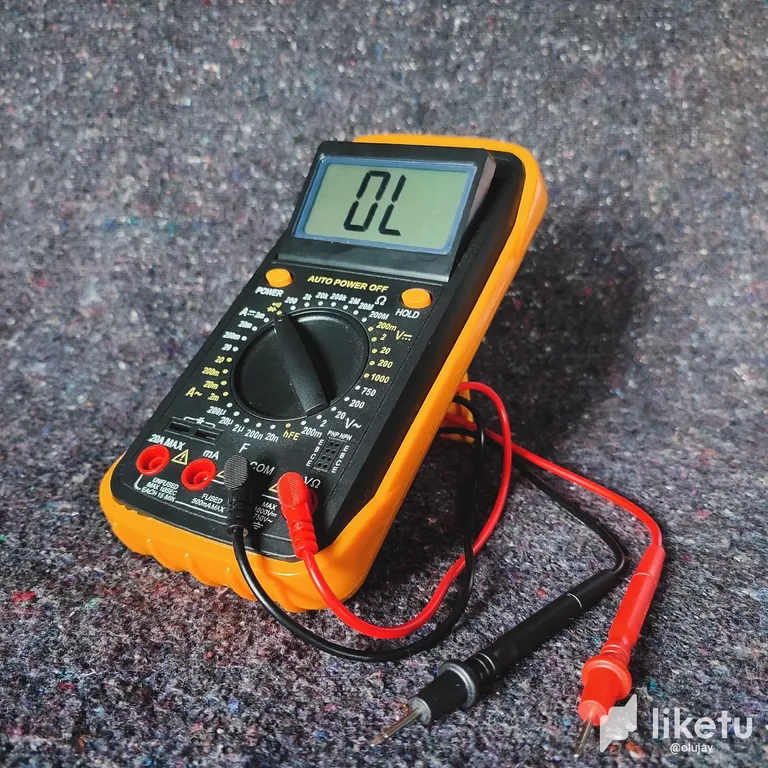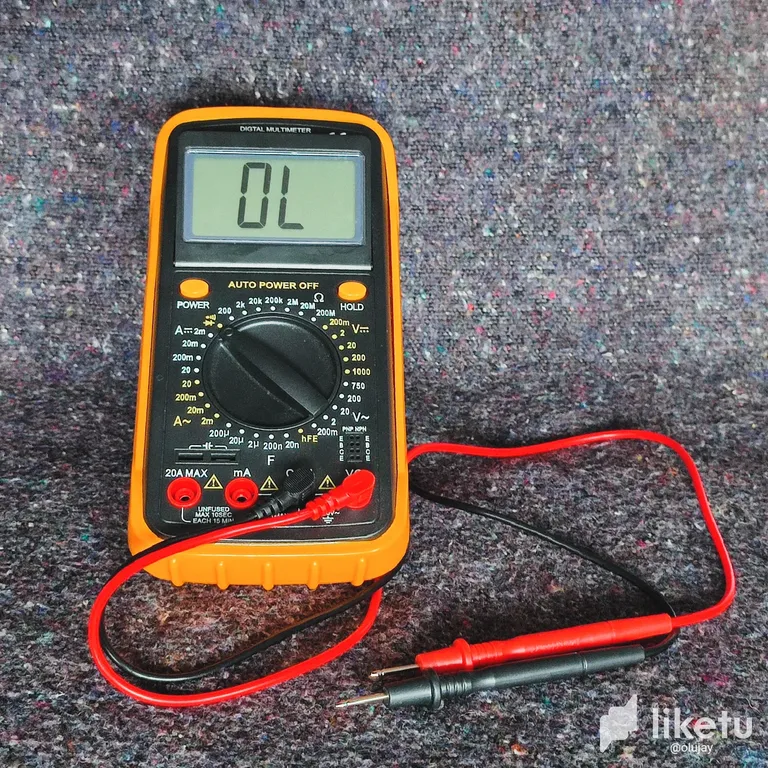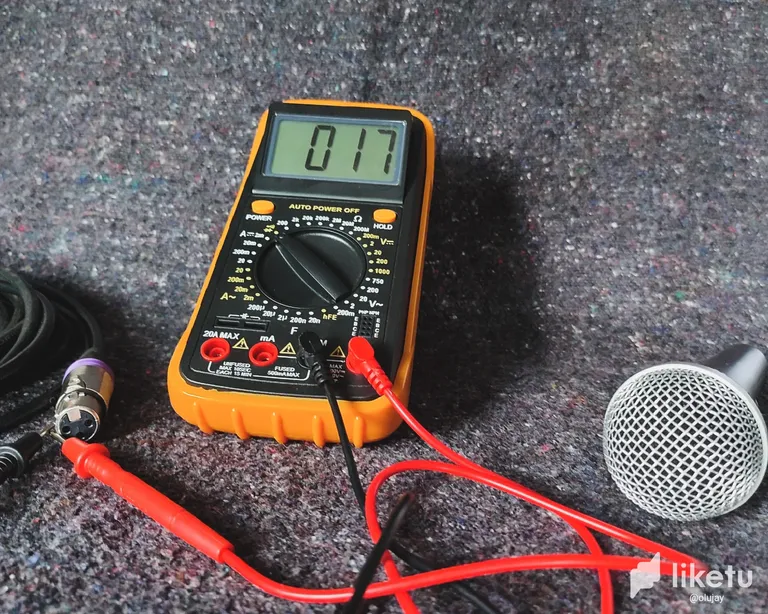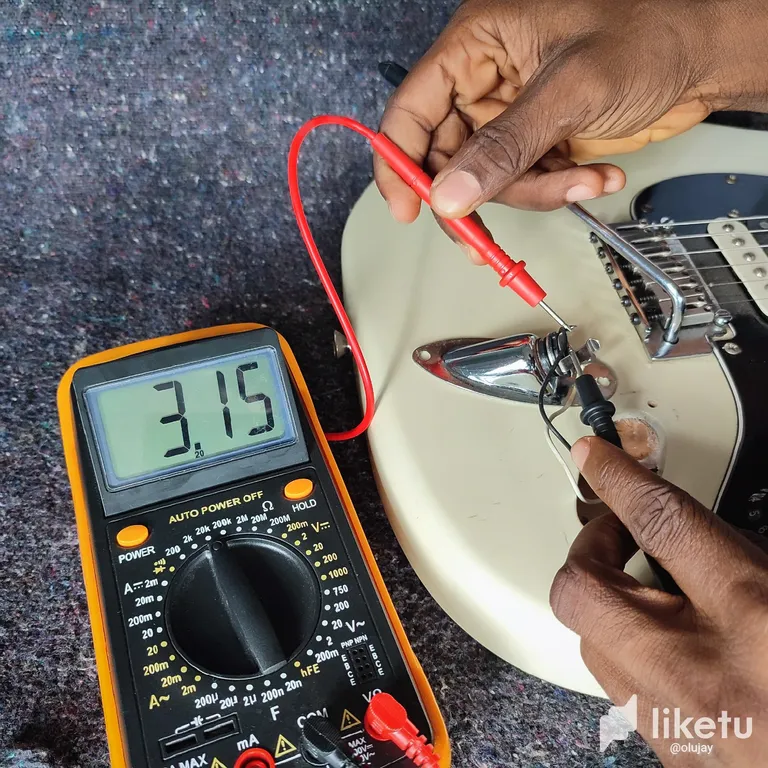We all know that kid who's always taking things apart just so they can explore—that kid who would take apart a radio that's no longer working just to see what's in it and how it works, out of curiosity. Well, I would consider myself that kind of child growing up. And, unsuprisingly, that personality stuck with me till now—the curiosity, not the taking things apart, of course—and led me to get this toy.

Okay, it's clearly not a toy, as this is for work and not for fun. I consider it the most useful battery-operated device I own. And it does a lot to keep me knowledgeable about the parameters of electrical systems when I am working.
Uhm, but what is it, exactly?
Basically, it is a digital multimeter. It is used for observing things like current and voltage. And I use it to, you know, "know what I am doing." I got this one, my first one, not too long ago. I would usually find one at work (an automation academy) or in the school's laboratory, so I never thought to own one. But then, troubleshooting electrical problems can be tedious at home without one, so that's why I got it. Take the following scenario as an example:
A problem arose recently, and it helped me solve it quickly and efficiently. Our new wired microphones in church were behaving abnormally. We had been using wireless mics, and so we never had to deal with this kind of problem until now.

The new microphones were just not sounding right. They sounded horrible and weren't loud enough. I initially thought we had been ripped off our money and handed poor-quality mics, but then they did sound right when I checked them out at the store. My instincts told me it probably had something to do with the connections.
We weren't using the actual cables that came with the microphones, as they were short, and we had new cables made for them. That's where the problem was—with the new cables. But I still didn't know what to do because it seemed like they were connected correctly; the terminals were connected correctly and soldered correctly.

This is where the meter came in handy. I couldn't just disconnect and reconnect the internal wires. I didn't have my soldering iron around to join the wires back to the terminals, which would make everything tedious.
With this meter, I was able to test for short-circuits by checking for continuity along the terminals of the cables. Short-circuits are like having black and red wires connected somewhere; we know that's wrong. With it, too, I checked for the resistances of the cables to know if the cables were actually solid enough to carry the required current.
From one test to another, I figured that the cables weren't bad after all. It was the mixer—where all the signals from the instruments go before coming out through the loudspeakers, like the guitar, microphones, and piano. The mixer has some internal issues with its earthing. Earthing is actually some sort of wiring to the earth that prevents electrocution.
Finding out what the problem was, I just disconnected the earth wiring from the cables—because I found out the original cables (that weren't long enough) didn't have theirs connected, and that's why the microphones worked fine when I tested them at the store.

There are many more applications and uses for this multimeter. It could be troubleshooting issues on my guitar, short-circuits in the house (especially when wires burn), or regularly checking that the mains voltage in the house isn't way off the standard 220 volts.
As a newly inducted graduate member of the Nigerian Society of Engineers, it only makes sense to have certain tools around. If you'd like to know about my recent induction, you can find it here.

So, that's it: my most useful battery-operated device, inspired by the #weekend-engagement topic by galenkp. Learn more about it in this post...
...shot on Xiaomi Redmi Note 10 Pro
For the best experience view this post on Liketu